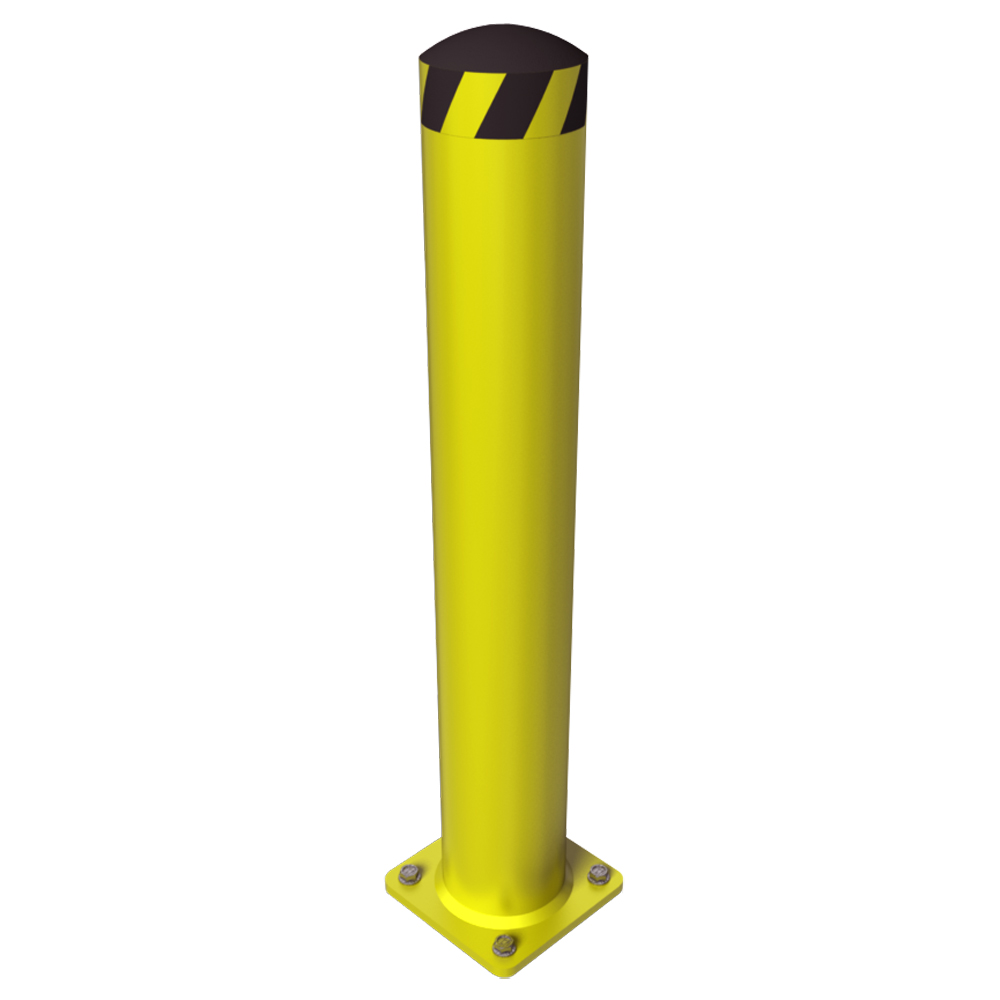We use cookies to make your experience better. To comply with the new e-Privacy directive, we need to ask for your consent to set the cookies. Learn more.
Create a Safer Workplace with Dedicated Forklift Traffic Lanes
As every floor worker knows, a warehouse can be a busy place. Stock is constantly being replaced, and lift trucks with full pallet-loads sometimes compete with staff on foot for access to aisles. This mixed-traffic scenario subjects workers to potential risks, however, so it’s far from an ideal practice.
The hazards are serious. In addition to the obvious danger that forklifts pose to workers, operations with mixed traffic lanes may see more dropped pallets as forklifts are forced to maneuver around pedestrians. These dropped loads can also injure workers. Mixed traffic lanes can be OSHA violations, and even when workers take appropriate precautions, they’re hardly an efficient solution; by not dedicating lanes, your facility might be sacrificing productivity.
Planning Forklift Lanes for Pedestrian Safety
Fortunately, there’s a simple fix. Creating separate lanes for motorized traffic and pedestrians will drastically reduce the risk of accidents, allowing for a much safer workplace, and it’s often a good way to improve utilization of floor space.
Industry experts recommend separating pedestrians from lift trucks as completely as possible. Considering this advice, there are three basic tiers of protection in the design of traffic lanes:
1. Traffic Lanes Fully Separated by Structural Barriers.
This is the gold standard for safety in designated warehouse lanes. Lining traffic lanes with heavy duty barrier rails greatly reduces the risk of a worker being hit by a speeding lift truck. At the same time, barriers prevent confusion for lift truck operators, leading to serious productivity gains.2. Clearly Marked Lanes With Rails or Bollards at Corners.
While a complete system of barriers between lift truck and
Without barriers, lift truck operators may develop a tendency to veer out of lanes at sharp turns and corners. Prevent this hazard by placing rows of bollards or barrier rails to keep trucks in the lane as they turn.
3. Lanes Designated With Clear Floor Markings and Signage.
Facility managers should create permanent traffic routes with clear markings by using floor tape or bright paint. However, even the most clearly marked routes are easy to ignore when you’re in a hurry, so this method is best used as a temporary solution.Floor markings alone help with OSHA compliance, but they’re not as effective in preventing forklift/pedestrian injuries as the use of physical barriers. Even the strategic use of barriers in high risk areas is better than relying on floor markings alone. In general, the more steel between one lane and the next, the safer workers will be.
Expert Opinions on Warehouse Traffic Lanes
Separating forklifts from pedestrians protects workers from injury — and this point isn’t up for discussion. In 2001, the National Institute for Occupational Safety and Health (NIOSH) published an influential forklift safety guide, and one of the top recommendations was to “separate forklift traffic and other workers where possible.” The same guide goes on to recommend installing “physical barriers” to isolate work areas from forklift traffic paths.
Echoing the NIOSH advice, OSHA’s guide to powered industrial trucks recommends keeping pedestrians and forklifts separated with walkways, railings, extra space, and clear floor markings. The message is clear: carefully planned traffic routes — and a few steel barriers — can go a long way towards keeping workers safe. If you haven’t invested in structural barriers and marked lanes, it’s time to rethink your strategy.
References:
Anthony, Sterling. “Pedestrian Safety Around Forklift Trucks.” Packaging World. PMMI Media Group. 22 Aug. 2012. Web. 25 June 2015.
"Powered Industrial Trucks ETool: Understanding the Workplace: Pedestrian Traffic." Occupational Safety and Health Administration. United States Department of Labor, n.d. Web. 25 June 2015.
“Preventing Injuries and Deaths of Workers Who Operate or Work Near Forklifts.” National Institute for Occupational Safety and Health. Centers for Disease Control and Prevention. 2001. PDF. 25 June 2015.
Stone, Scott. "10 Simple Warehouse Safety Hacks." Thomasnet News (2014): 1. Regional Business News. Web. 25 June 2015.
